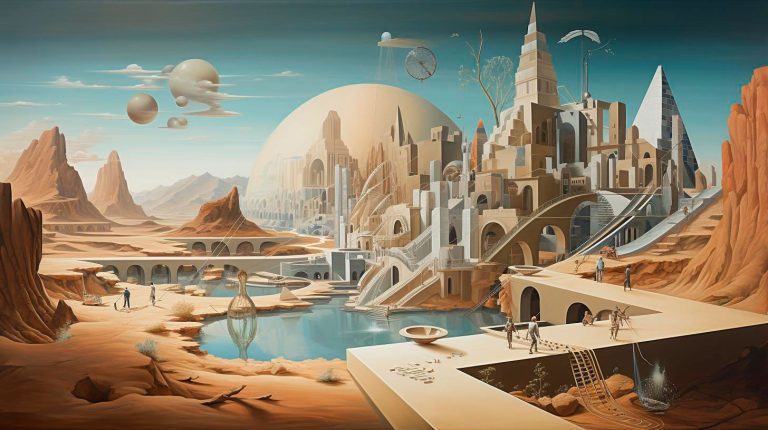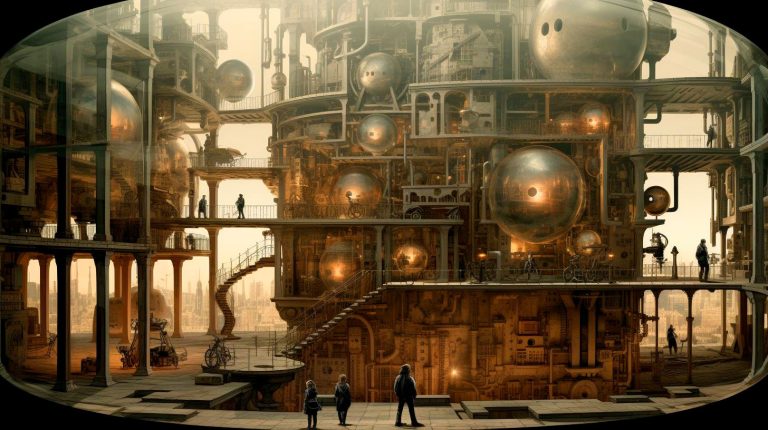In this article, we will delve into the symbiotic relationship between architecture and photography, exploring how architects are inspired by the visual storytelling and composition techniques of photographers.
The Art of Seeing
Architects and photographers both possess the art of seeing beyond what meets the eye. They have a keen eye for detail, composition, light, and shadows. Much like a photographer expertly frames a subject, architects meticulously design spaces and structures. They understand the importance of creating an atmosphere and mood through the manipulation of light and space. By studying the work of photographers, architects can refine their sense of spatial composition and learn how to create visually compelling designs.
Key Takeaways:
- Photography and architecture both require a keen eye for composition and visual storytelling.
- Architects can learn from photographers’ techniques to create visually compelling designs.
- The manipulation of light and space is crucial in both photography and architecture.
Exploring Perspectives
Photography allows us to see the world from different perspectives. Similarly, architects constantly challenge conventions and experiment with various viewpoints to create unique and thought-provoking designs. By studying the works of photographers who push the boundaries of perspective, architects can expand their understanding of space and reimagine design possibilities.
Architects often draw inspiration from photographs that capture unusual angles or unexpected framing. These images challenge architects to think outside the box and envision spaces that deviate from traditional norms. By embracing unconventional perspectives, architects have the opportunity to create groundbreaking designs that captivate the imagination.
Key Takeaways:
- Photography offers unique perspectives that architects can adopt in their designs.
- Architects are inspired by photographs that challenge conventional viewpoints.
- Unconventional perspectives can lead to groundbreaking architectural designs.
The Power of Composition
Composition is a fundamental aspect of both architecture and photography. In photography, composition refers to the arrangement and organization of visual elements within a frame. Similarly, architectural composition involves arranging various elements such as forms, materials, and textures to create a cohesive and visually pleasing design.
Architects can learn valuable lessons from photographers’ understanding of composition. From leading lines that guide the eye to the rule of thirds that create balanced images, photographers employ various composition techniques to create visually arresting photographs. By incorporating these techniques into their architectural designs, architects can enhance the overall aesthetic appeal and user experience.
Key Takeaways:
- Composition is crucial in both photography and architecture.
- Photographers use composition techniques to create visually pleasing images.
- Architects can enhance the aesthetic appeal of their designs by applying composition principles.
Capturing Emotions
Photography has the power to evoke emotions and tell captivating stories. Architects strive to achieve the same emotional impact through their designs. By studying photographs that successfully communicate feelings and narratives, architects can gain insight into how to create spaces that resonate with people on a deeper level.
The emotional connection that photography establishes with viewers can inspire architects to design spaces that elicit specific emotions. Whether it’s a sense of tranquility in a residential project or a feeling of awe in a public space, architects can leverage photography as a tool for understanding the emotional impact of their designs.
Key Takeaways:
- Photography can evoke emotions and tell compelling stories.
- Architects seek to create emotional connections through their designs.
- Studying emotional photography can help architects capture specific feelings within their architectural projects.
In Conclusion
Photography serves as a valuable source of inspiration for architects, offering insights into composition, perspective, and the power of visual storytelling. Through photography, architects can refine their abilities to see beyond the ordinary, think creatively, and create designs that elicit emotions. The symbiotic relationship between architecture and photography continues to shape the built environment, as both art forms continue to complement and influence one another.
Key Takeaways:
- Photography provides architects with inspiration to refine their spatial composition skills.
- Unconventional perspectives in photography encourage architects to think outside the box.
- Architects can enhance their designs by incorporating photography-inspired composition techniques.
- Photography helps architects understand the emotional impact of their designs.


















+ There are no comments
Add yours